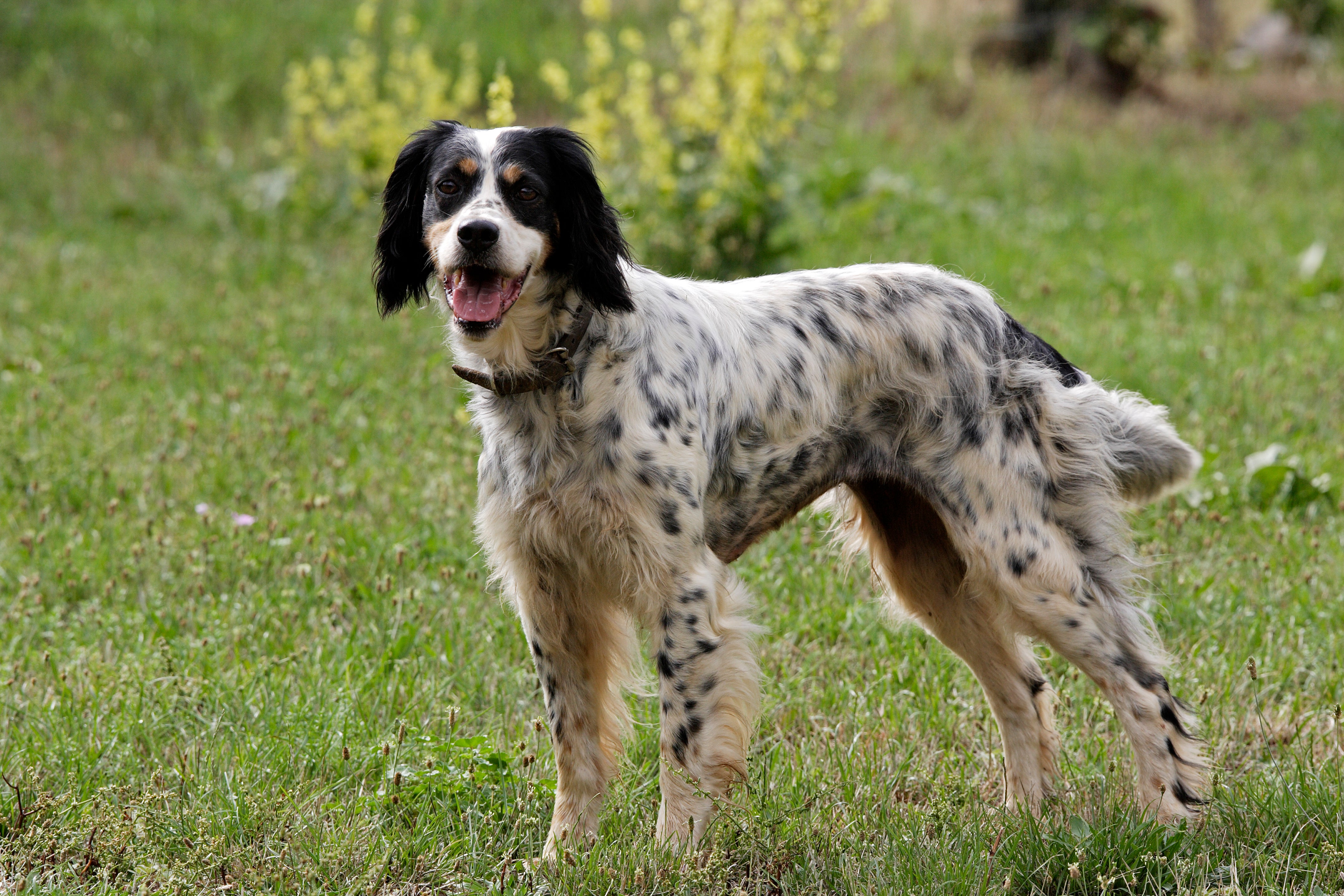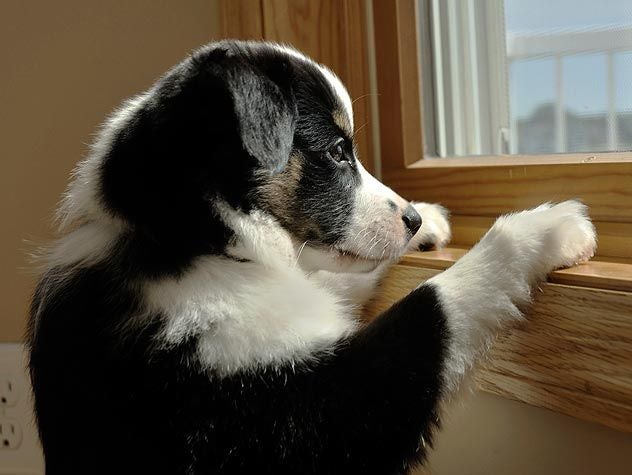English Setter
The English Setter is a striking and athletic breed, with a symmetrical and substantial build. Renowned for their speed and endurance, these dogs possess a graceful, effortless gait. Their distinctive coat, featuring a unique speckled pattern, known as "belton," comes in various colors and is adorned with beautiful feathering. Their history has produced two primary lines: the larger, heavier-coated Laverack Setter, and the smaller, faster Llewellin Setter. Both types share a common elegance but vary in size and coat.
Breed characteristics carousel
Learn More
Need to Know
- Suitable for first-time owners
- Potential health issues
- Enjoys active walks
- Large dog
- Some drool
- Requires frequent grooming
- Quiet dog
- Welcomes everyone happily
- Might not like other dogs
- May need additional training to live with other pets
- May need additional supervision to live with children
- Needs a secure yard, preferably in suburban or rural areas
- Cannot be left alone
- AKC Registered Breed

Personality
The English Setter is a merry and mellow breed known for its friendly disposition. While reserved with strangers, they form strong bonds with their families. Unlike some other Setters, English Setters are typically calm and easygoing, even with other pets. However, they have a lively and energetic side to them that comes out when they’re comfortable around their humans.
The English Setter’s history dates back 400 years when they were developed as hunting companions and trained to “set” (or freeze) when locating game birds—hence their name. While the exact origins remain somewhat shrouded in mystery, the breed's lineage most likely lies in the Spanish Pointer, Springer Spaniel, and large Water Spaniel brought from Spain. Sir Edward Laverack is credited with significantly shaping the English Setter into the breed we recognize today, establishing it as a distinct and celebrated dog in 1825.
The term “Belton” comes from Laverack, who coined the term to describe their unique, speckled coat after spending much time in the town of Belton. The English Setter was one of the nine original breeds recognized by the AKC in 1878.
An English Setter’s sensitive temperament necessitates a calm and patient owner who understands their need for ample exercise and mental stimulation. Although they have a playful side, a quieter environment allows them to flourish, and then their affectionate and loyal nature rewards owners with a devoted companion.
English Setters are high-energy pups that require significant exercise to thrive. Ideally, they love daily opportunities to run and play freely in a secure space. While this isn't always feasible, activities like jogging, biking, or long walks can provide adequate stimulation.
Between their high energy, driven by their innate athleticism, and their larger size, English Setters are better suited for larger homes with a fenced-in yard where they can expend their energy.
With a coat as long and luxurious as an English Setter’s, it’s no surprise these pups require more frequent grooming sessions. Use a soft bristle brush and occasionally comb through their coat with a long-toothed metal comb to help prevent tangles and mats. Monthly nail trims and bathing every four to six weeks complete the grooming regimen, ensuring a clean, healthy, and stunning appearance for your English Setter.
Intelligent and eager to please, English Setters excel in training. Keep in mind that these pups are sensitive, so positive reinforcement will get you further than harsh criticism. Additionally, their strong instincts require focused training.
Although these pups boast ample energy and are friendly overall, they prefer a more mature, quieter household. Younger children tend to be too rambunctious for these calm canines. With consistent guidance and ample exercise, English Setters develop into well-mannered and affectionate members of the family.
The cost of an English Setter from a breeder is significantly more than the cost of adopting one from a local shelter or rescue. The adoption fee usually covers additional items such as spaying or neutering, vaccines, and microchipping.

Learn more about feeding and caring for your English Setter on Purina.
Did you know?
- With a history dating back centuries, English Setters are one of the oldest dog breeds.
- There are two main lines of English Setters: Laverack and Llewellin. They have slightly different appearances and temperaments, but both are equally lovable.

